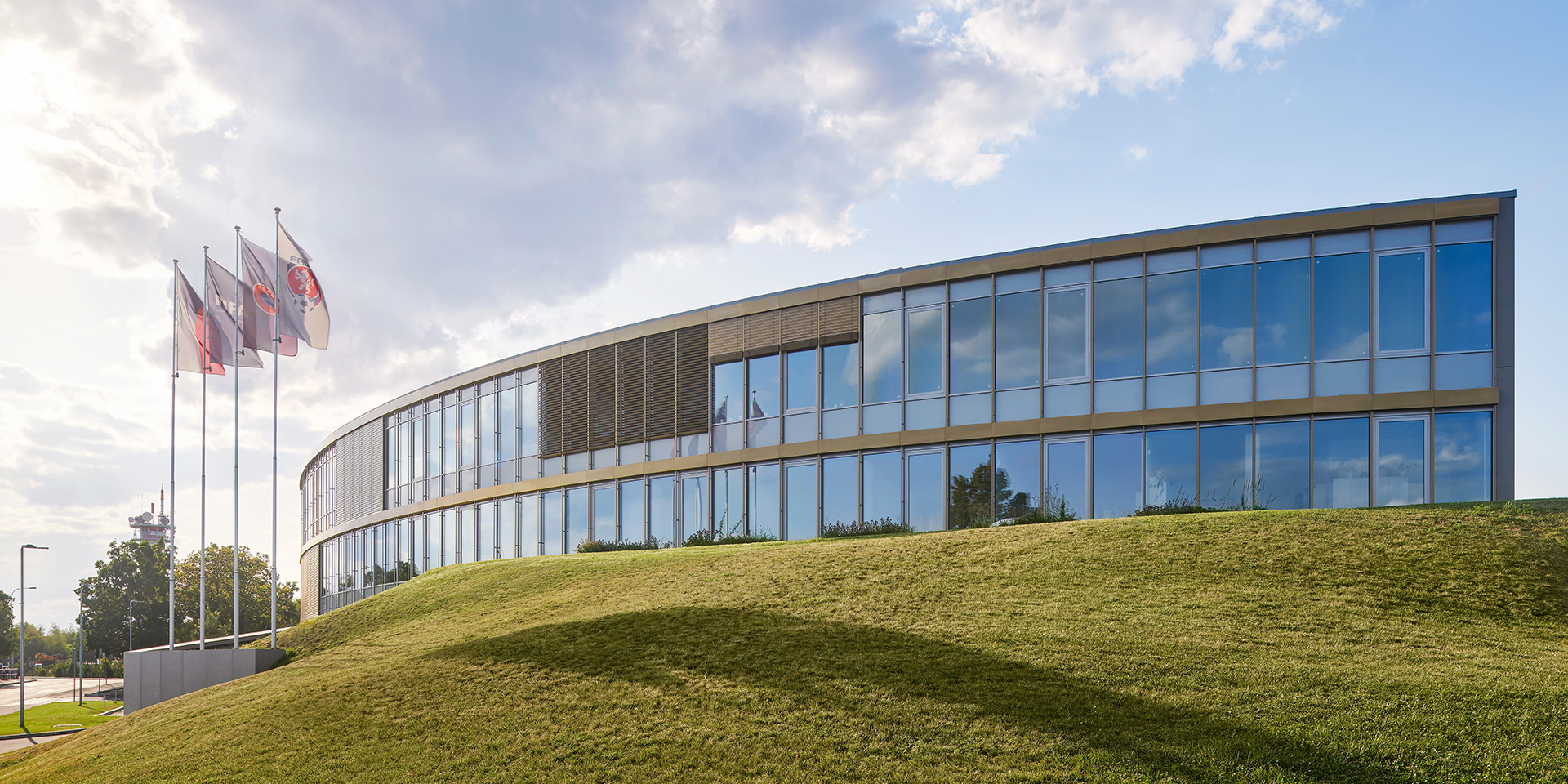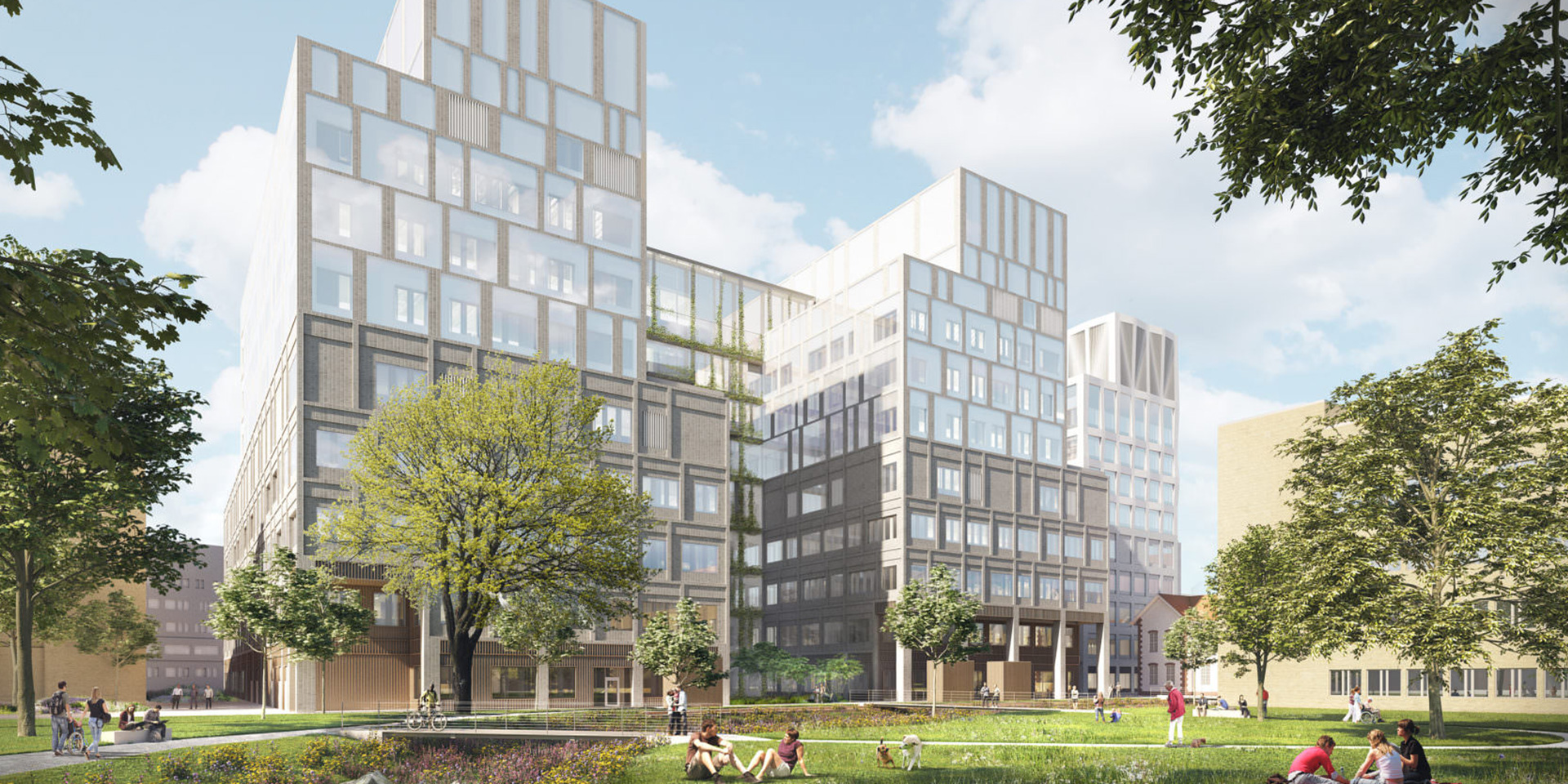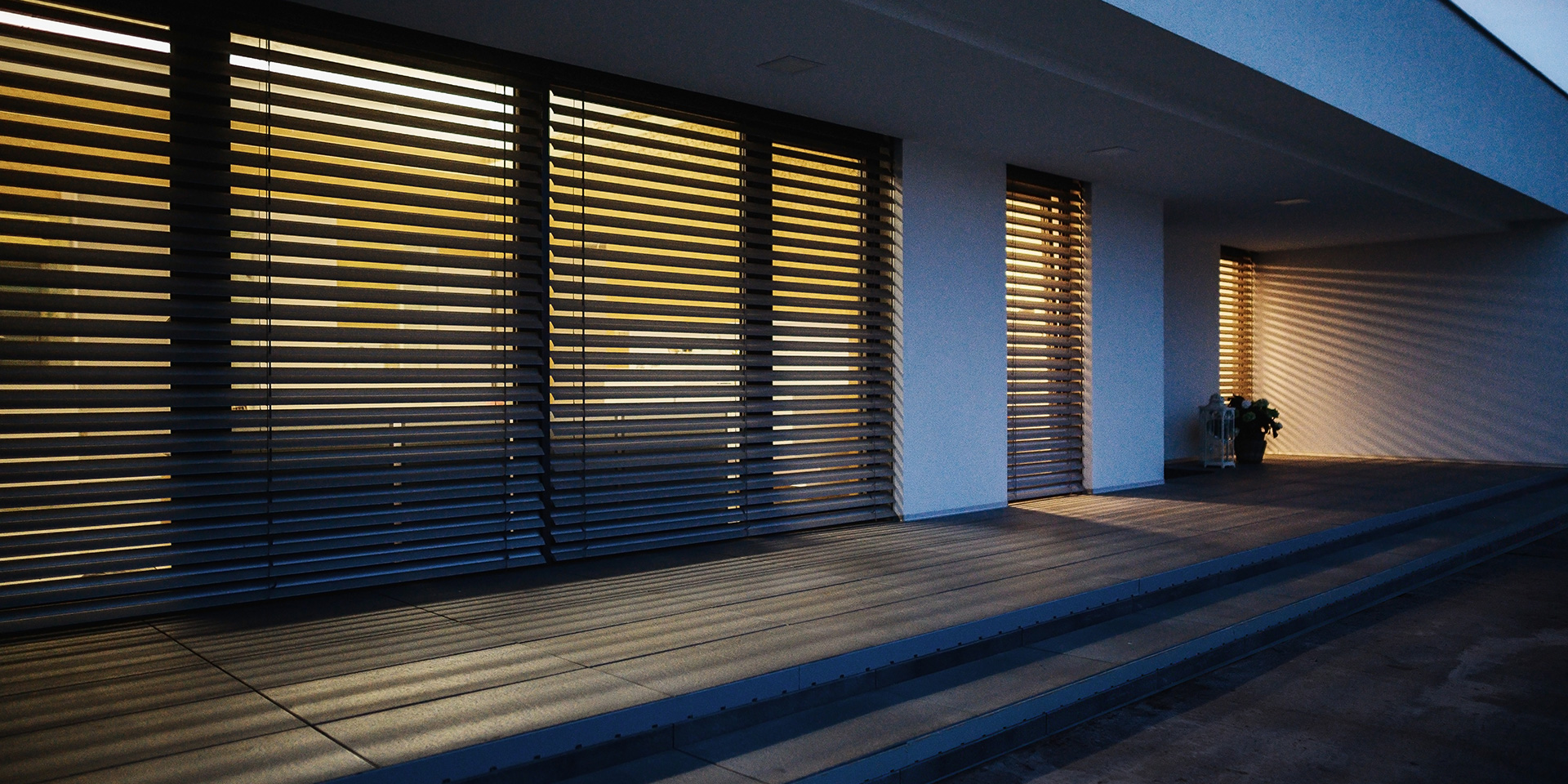What to expect when installing external blinds onto a new building
When re-building a house or generally installing external sun shading onto a finished house, you typically cannot avoid having visible cases above the windows to house the retracted blinds. On new buildings, there are more options and the blind housing box can be conveniently hidden underneath the façade. See everything that the installation of external blinds on a new building involves and how to prepare for it.
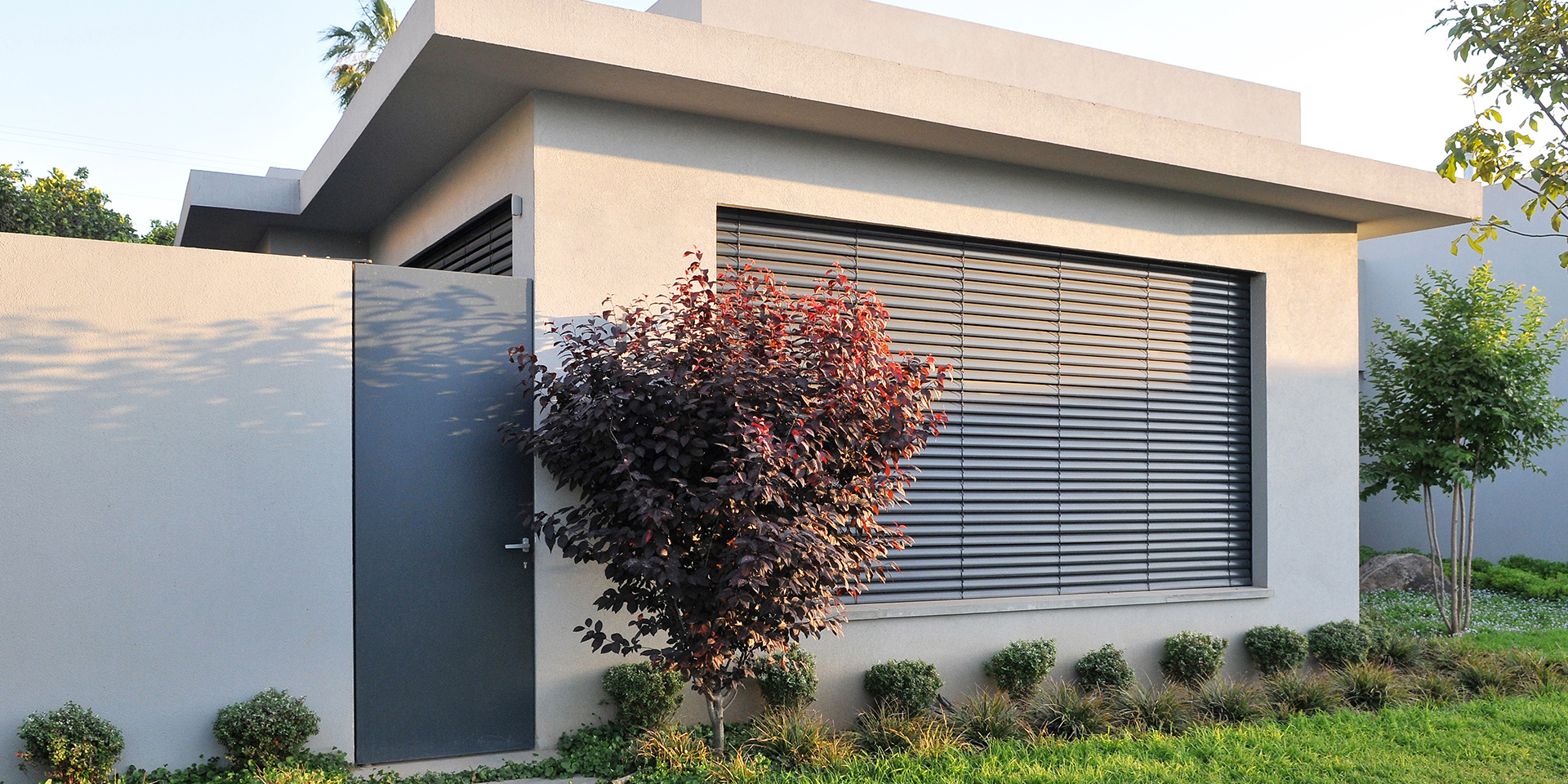
Installation underneath the façade is suitable for new buildings
There are several installation methods for external blinds. Assess the condition in which your building is and choose accordingly:
- installation underneath a guard plate – an ideal solution for subsequent installation onto the window frame or into a construction opening; the upper profile and slat packet can be hidden underneath a painted plate,
- installation onto the façade – used in cases where the technology does not allow installation underneath the façade or guard plate; the blinds are positioned in front of the window and fixed onto the façade,
- installation underneath the façade – the installers put the blinds into a prepared space within the façade, concealing all of the anchoring, upper profile and guiding rails of the blinds.
The last of the listed methods is ideal for new buildings. Its advantage is that it interferes the least with the appearance of the house and does not affect the view height from the window. However, the external sun shading needs to be taken into account and the building prepared for the installation of the blinds.
Planning for the sun shading needs to be started during the project phase
If you know you want sun shading for the house, don’t hesitate in the planning. Decide what kind of sun shading you want and adapt the construction works to it in the project phase.
Your construction project engineer will help you with the choice of sun shading and add it to the construction documentation.
If you start sorting the sun shading out during the project phase, you will avoid additional modifications and/or costs when finalizing the construction:
- You can plan electrical cables accordingly – this is key if you want motorized blinds. If you don’t take this into account in time, you’ll end up having to do some additional wall hacking to make pathways for the cables.
- You can sort out the details of placement and move on to more complex ideas about how to place the blinds onto the building, avoiding potential thermal bridges within the façade.
- You can also sort out everything regarding smart controls of the entire house.
Having the blinds included in the project is also the only way to apply for a subsidy for sun shading or our sub-plaster cases.
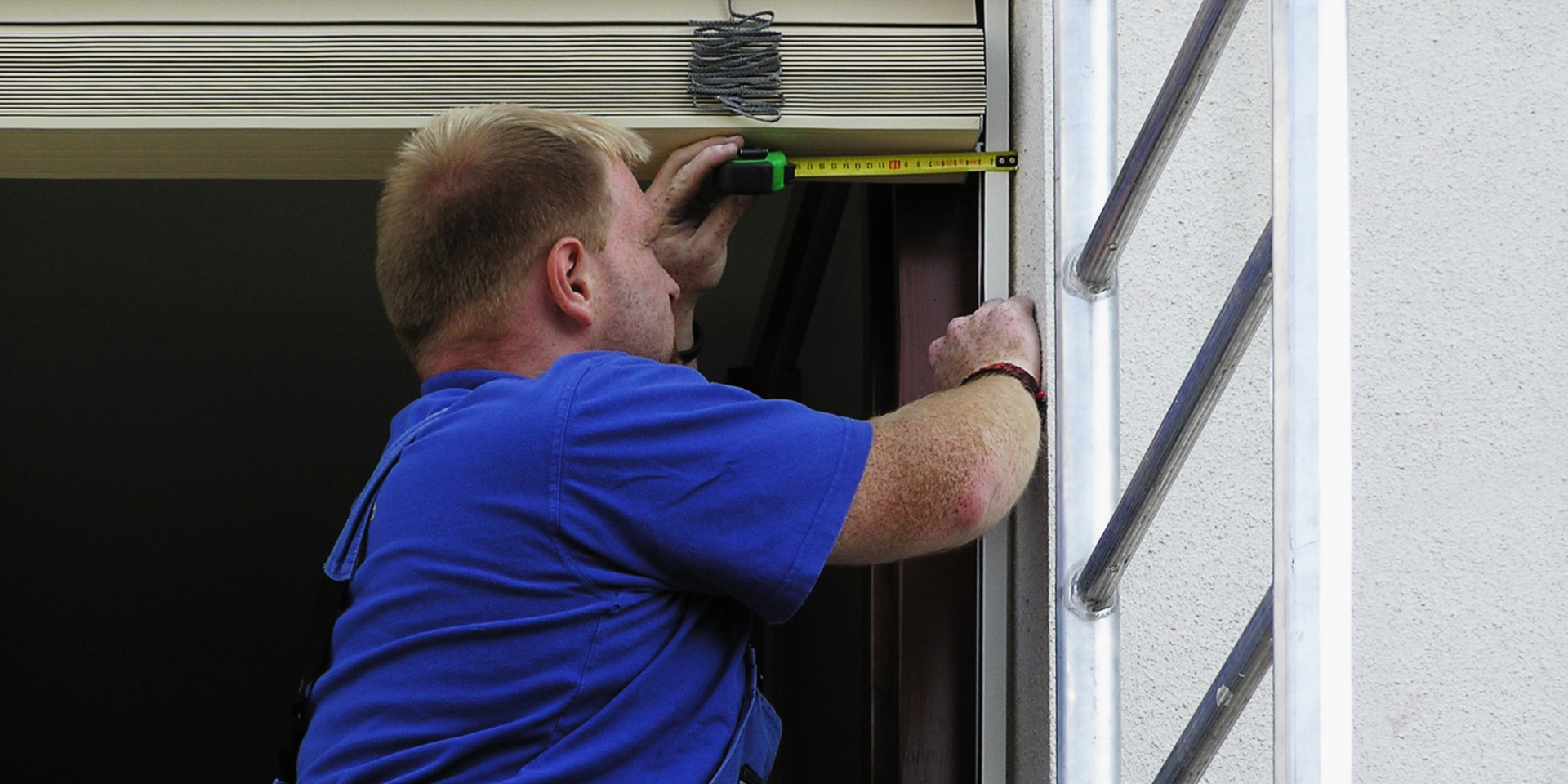
What comes next – step by step
Keep in mind that preparation for the installation starts even before doing the insulation and finishing the façade of the house.
- If your project is well put together, the building will be prepared for the installation of the blinds. Select a good installation company to take care of the installation – follow references and recommendations.
- Meet the experts from the installation company directly on the construction site to measure everything and resolve the final details. In this phase, you can still make up your mind about the type or colour of the blinds you want on your house.
- Installation is the last step. When installing blinds underneath the façade, we at NEVA typically use ISO-KASTL – a tailor-made case made of Purenit, which is suitable for any building and significantly facilitates the subsequent installation. It can house both the motor and the slats.
If the company uses ISO-KASTL, you can expect the blinds to be mounted in two steps with a rather long interval between them. The installers first mount the ISO-KASTL sub-plaster cases onto the rough structure and the blinds themselves are installed only after the façade has been finished.
“We recommend combining ISO-KASTL with our sandwich boards, which facilitate the insertion of the blind guiding profiles into the façade; this allows you to achieve a quality preparation of the space around the window, into which the external blinds can be easily installed, resulting in both an aesthetic and, more importantly, a functional solution,” explains product specialist Jan Gajdoš.
If the blinds do not fit underneath the façade, you can opt for installation underneath a guard plate, which is plastered afterwards. However, always get specialists to install the blinds – you can contact one of our partners. They will ensure that your sun shading is installed well without unnecessary issues.

